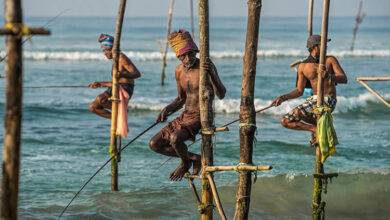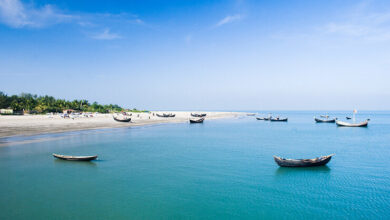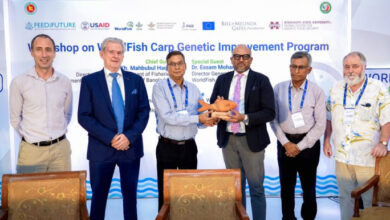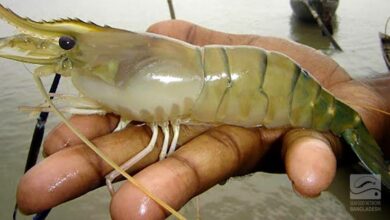Bangladesh fisheries sector achieves extraordinary success
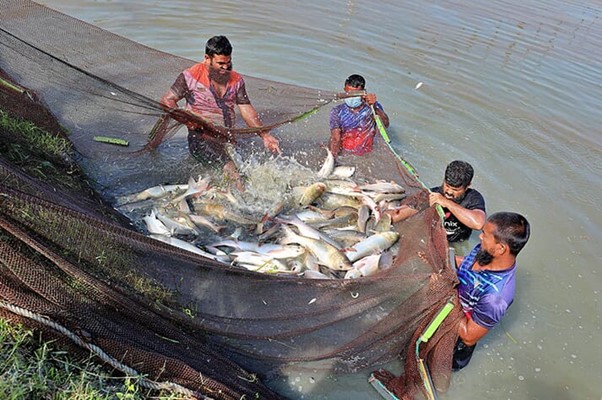
Bangladesh fisheries sector has attained extraordinary success in consecutive years. Owing to the government’s wise and successful policies, the country’s production of various species of fish has grown over the past decade. Currently, the country with the highest Hilsa output is also the pioneer in the aquaculture of other fish species.
Bangladesh ranks 3rd in fish production in the inland open reservoir for the 3rd time in a row. In the previous years, the country ranks 2nd in freshwater fish production growth rate and 5th in closed reservoir fish production, 8th and 12th in the world in the production of marine and coastal Crustaceans and finfish, respectively.
This remark was made by Fisheries and Livestock Minister SM Rezaul Karim during a news conference held at Matsya Bhavan to commemorate “National Fisheries Week 2022.” The minister stated, “The world community has acknowledged Bangladesh’s accomplishment in fish production. Bangladesh ranks third in the world for inland open-water fish production, fifth for closed-water cultured fish production, first for hilsa production, and fourth for tilapia production, according to a United Nations Food and Agriculture Organization report titled “The State of World Fisheries and Aquaculture-2022.”
“The Hilsa fish represents our national heritage and sense of pride. Hilsa accounts for around 12.22 percent of the nation’s total fish production. This single fish contributes more than 1 percent to the nation’s gross domestic product. The output of hilsa has expanded dramatically as a result of the government’s execution of a variety of coordinated efforts for the conservation and development of Hilsa resources,” the minister added.
As a result of the government’s adoption of several fishery-friendly initiatives, fish output in the fiscal year 2020-21 has increased by 118,000 tons compared to the previous fiscal year. In 2004-05, the nation’s total fish production was 2.21 million metric tons. Consequently, fish output has increased by more than double in the past sixteen years. And in 38 years, fish output has increased by more than sixfold. The fishing sector’s GDP growth is 5.74 percent. The subsector of fishing provides 3.57 percent of the nation’s overall GDP and 26.50 percent of its agricultural GDP.
Bangladesh fisheries sector generates a substantial amount of foreign currency through the export of fish, shrimp, and other fisheries including fishery products. The fisheries industry accounts for 1.39 percent of the nation’s overall export profits. According to sector insiders and the relevant government ministry, Bangladesh earned Tk 39,851.50 million (Tk 398,515.00 lakh) by exporting over 70.95 thousand tons of fish and fisheries goods during the 2019-20 fiscal year. During the fiscal year 2021-22, 78,426.67 metric tons of fish and fish products were exported, generating 5,191.75 billion Tk, a 26.96 percent increase over the previous year.
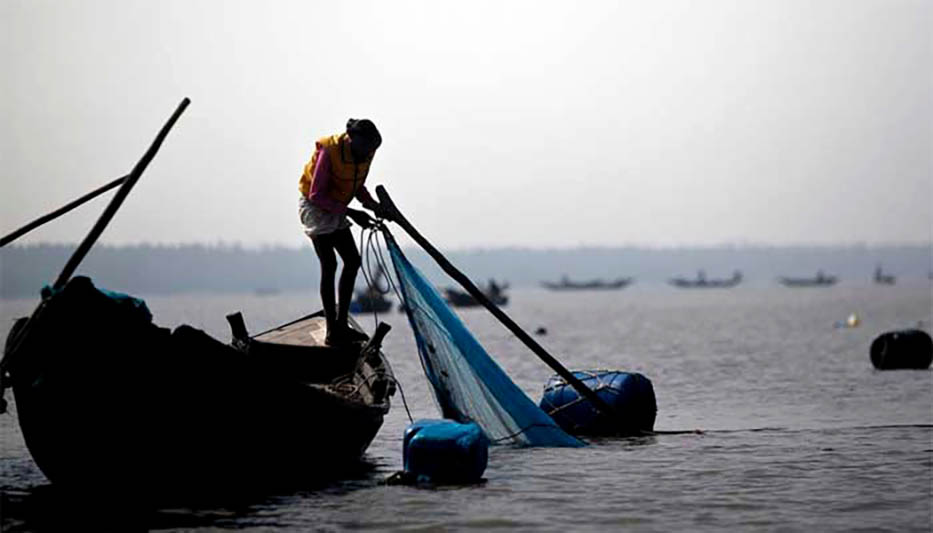
Success in the fishing industry has been achieved through several efforts that have increased output. Such as 37 native endangered fish species, breeding, and farming techniques have been established as part of conservation efforts. An indigenous fish gene bank has been established for the first time. There are now 102 fish species conserved in the gene bank in the country.
Moreover, on the occasion of Mujib Borsho, the Ministry of Fisheries and Livestock issued a gazette notice designating Halda as “Bangabandhu Fisheries Heritage.” The government has endeavored to safeguard and secure the Halda river in this manner. The ‘Marine Fisheries Act 202’ has meantime been passed by the 11th parliament assembly.
Bangladesh Fisheries Research Institute (BFRI) has developed Suvarna Roi , which is a fast-growing and very prolific new strain of Roi or Rohu fish (Labeo rohita) . To boost coastal aquaculture and mariculture in the country, a crab hatchery has been established in Kalatali, Cox’s Bazar, and is successfully producing crablets.
Due to the Govt. effective long-term planning and development programs, fish output has significantly improved over the last decade. The fisheries industry has observed such success on a few important factors. Forming fish sanctuaries, the enforcement of fisheries laws, efficient administrative approach to increase Hilsa production are most to mention. Advancement of fisheries and related academic study made an important contribution. At the same time, development of fish farming methods, introduction and spread of new fish varieties have played a very vital role to put this sector where it is today. Hence, the farmers are expected to maintain this success for the upcoming days.
Jaber Bin Abdul Bari
Dept. of Fisheries and Marine Science, NSTU

